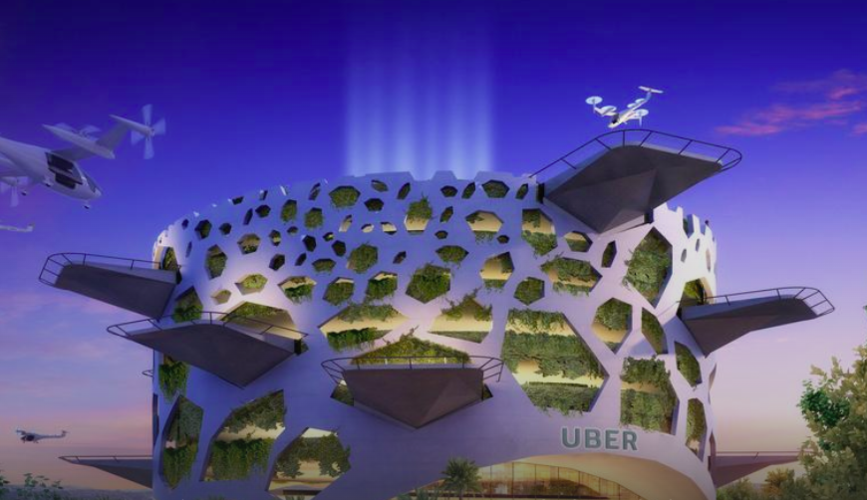As “the Fourth Industrial Revolution” gets underway, predicting what Austin will be like twenty years from now is to envision. Advances in artificial intelligence, robotics, 3D printing, augmented reality, the distributed web, bio-engineering and human-machine interfaces (and more) means the future will look very different from the way things operate currently.
Major industries such as medicine and retail are radically transforming, putting pressure on others such as manufacturing and education None of us can predict the kind of applications, societal demands or economic shifts these emergent technologies and ideologies will collectively produce (for e.g., how many of us predicted the “selfie” or the social media platforms it would spawn!), but actively building the future we all want using these exponential technologies will require that we adopt a 21st Century mindset.
While old organizational roadmaps are becoming outdated, we have found our work—today and tomorrow—can be guided very effectively by focusing on these two strategic questions; they provide the north star and a compass we need to explore new terrain more confidently:
1. Do you understand what the future needs and expects of you?
2. Do you understand what you are in a unique position to create and contribute to this future?
Importantly, these deceptively simple questions apply to us simultaneously as individuals, as enterprises, as industries, as cities… and increasingly, even as nations.
An honest look at the first question makes visible the growing list of societal and environmental breakdowns a city of the future must address —from oceans filled with plastic waste, to dramatic climate and economic shifts, to growing inequality in wealth and access, to social isolation, to skyrocketing rates of anxiety, depression, and even suicide… most heartbreakingly among teens and young adults (who, quite literally, are our future!).
The second question challenges us to consider how we can each contribute versus extract. Building a better future isn’t the technology quest it appears to be. Rather, it’s a very human call to collaborate better within our organizations, and with the communities and environments in which they exist. To ensure a safe and sustainable future for all, how can Austin dig deeper to embrace radical new solutions, together?
As the breakdowns become more evident, we must consider the lasting impact of our decisions; applying old mindsets to new exponentially more potent technologies can create damage at a scale we never considered. I describe this shift in mindset as moving from Leadership (the well-known noun) to Leadering (the brand new verb) in which we challenge entrenched thinking, identify ways to embrace constant change, and put people at the center of decision making in order to build more audacious solutions.
I’m thrilled to be kicking off this year of exploration with the ABJ on how we will live, work, play, learn, build and thrive together in the decade ahead, and encourage you to join the conversation. The future is under construction; who better than you to shape it?


